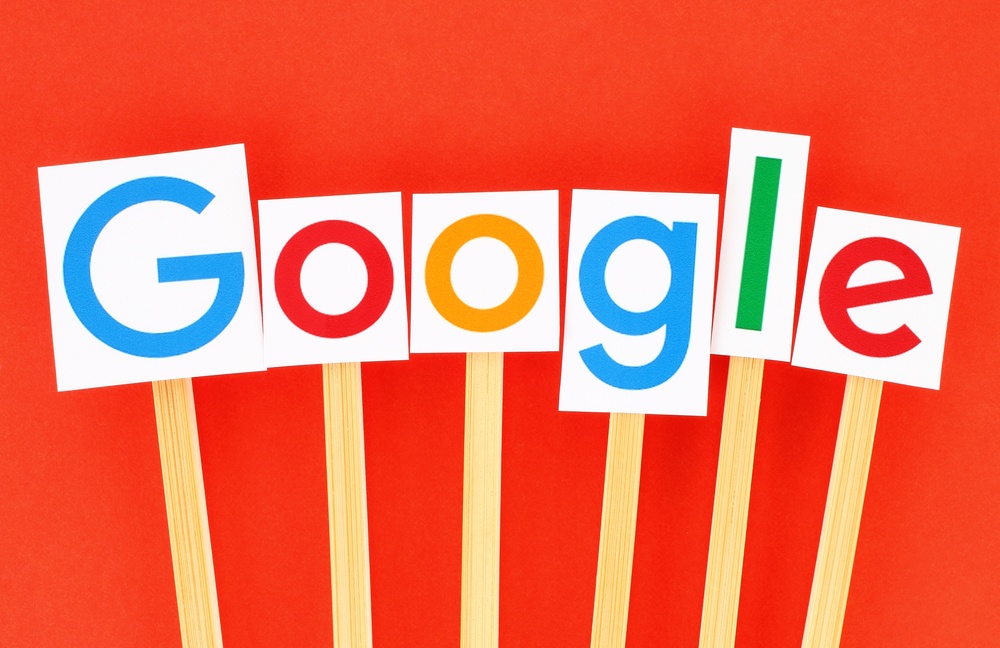Key Takeaways
• Google unveiled Pixelsnap, a MagSafe-inspired magnetic wireless charger for Pixel 10 phones
• Pixelsnap uses Qi2 standards to deliver up to 15W fast charging
• The system promotes an Android magnetic ecosystem beyond Apple’s MagSafe
• Wider compatibility could spark more accessories and user innovation
Google just introduced Pixelsnap, a magnetic wireless charging system for its Pixel 10 series. It attaches accessories instantly, thanks to Qi2 standards. This new charger works much like Apple’s MagSafe. However, Google opens the technology to Android brands. As a result, users can expect more choice and better compatibility. In turn, this could challenge Apple’s charging dominance.
Why Pixelsnap Matters for Android Users
First, Pixelsnap makes charging simple. You just stick the charger to the back of your phone. Next, it starts charging at up to 15 watts. Then, you can add other magnetic accessories without any fuss. Moreover, Google wants third-party brands to adopt Pixelsnap. Therefore, the tech could spread across phones, cases, mounts, and more. Consequently, you get more ways to power up and style your phone.
MagSafe-Inspired Design Fits Right In
Google took cues from Apple’s MagSafe design. Yet it improved it for Android. For instance, Pixelsnap embraces the Qi2 standard. This ensures safe, efficient power delivery. In addition, the magnets align perfectly every time. Thus, you avoid slow or uneven charging. Also, you can attach stands or wallets just like you would on an iPhone. Finally, this sparks competition, which usually benefits buyers.
15W Fast Wireless Charge and Qi2 Support
Pixelsnap delivers 15W charging power. That’s enough to refill your Pixel 10 battery in a reasonable time. Furthermore, Qi2 adds smarter power management. It lets devices negotiate the safest charging current. As a result, your battery stays healthier in the long run. Because Pixelsnap follows a universal standard, you can even use other Qi2 chargers on your Pixel. Consequently, Android users gain more flexibility and freedom.
Opening Doors to Cross-Platform Innovation
Traditionally, MagSafe remained exclusive to Apple. However, Pixelsnap changes that. Google invited other Android makers to join in. As a result, brands can build cases, mounts, and charging pads that work across devices. Therefore, you might soon see more magnetic car mounts, charging stands, and fun accessories. Moreover, businesses will invest in creating new tools instead of building one-off solutions. This shift benefits users looking for unique gadgets.
Impact on User Versatility
With Pixelsnap, you gain versatility. You can swap between accessories without buying brand-specific gear. In addition, you avoid clutter and tangled cords. You just snap on a charger, stand, or wallet. Then, switch it out for a camera grip or a kickstand. Also, you no longer worry about whether a case will block wireless charging. In short, Pixelsnap makes your phone smarter and less bulky.
Challenges and Future Prospects
Still, Google faces hurdles. First, accessory makers must adopt Qi2 and integrate magnets. That takes time and resources. Second, Apple could update MagSafe to lock out rivals. Yet, if enough Android brands join Pixelsnap, it could become a true standard. Furthermore, Google might add more features, such as data transfer or new sensor accessories. Therefore, the future looks promising for a broader magnetic ecosystem.
User Experience and Practical Tips
When you get a Pixelsnap charger, place it on a flat surface. Then, align the magnets with the phone’s charging coil. You’ll feel a click once they match. After that, watch for the charging indicator. Always use a quality USB-C power adapter. Cheap adapters might not support full 15W output. Additionally, avoid metal cases or credit cards between the charger and phone. Those layers can interfere with power delivery and magnet strength.
How Pixelsnap Could Challenge Apple
Apple has dominated magnetic wireless charging for years. Yet, Pixelsnap could shift the balance. By using an open standard, Google encourages wider adoption. Android users no longer need to pick between convenience and choice. Consequently, accessory makers gain more incentive to innovate. Over time, this could reduce Apple’s exclusive hold on MagSafe-like accessories and charging tech.
Conclusion
Pixelsnap marks a key moment in wireless charging. By combining MagSafe-inspired magnets with Qi2 standards, Google creates a flexible, fast-charging system. Moreover, it invites an open ecosystem where multiple brands can compete. As a result, users gain more accessory options and better cross-device compatibility. While challenges remain, Pixelsnap’s potential impact on the Android world is huge.
Frequently Asked Questions
What devices support Pixelsnap?
Pixelsnap works with the Pixel 10 series right now. Google may expand support to future Pixel models. Other brands could join if they adopt the Qi2 standard and magnetic design.
Can I use Pixelsnap with non-Pixel phones?
If the other phone supports Qi2 charging and has matching magnets, it should work. However, most non-Pixel phones lack built-in magnets without special cases.
How fast does Pixelsnap charge my phone?
Pixelsnap delivers up to 15 watts of wireless power. That charges a Pixel 10 battery in a reasonable time compared to slower 5 or 7.5-watt pads.
Will Pixelsnap accessories only work on Pixels?
Google wants third-party makers to build universal accessories. So, cases, mounts, and chargers designed for Qi2 and the Pixel snap position could fit multiple brands.

